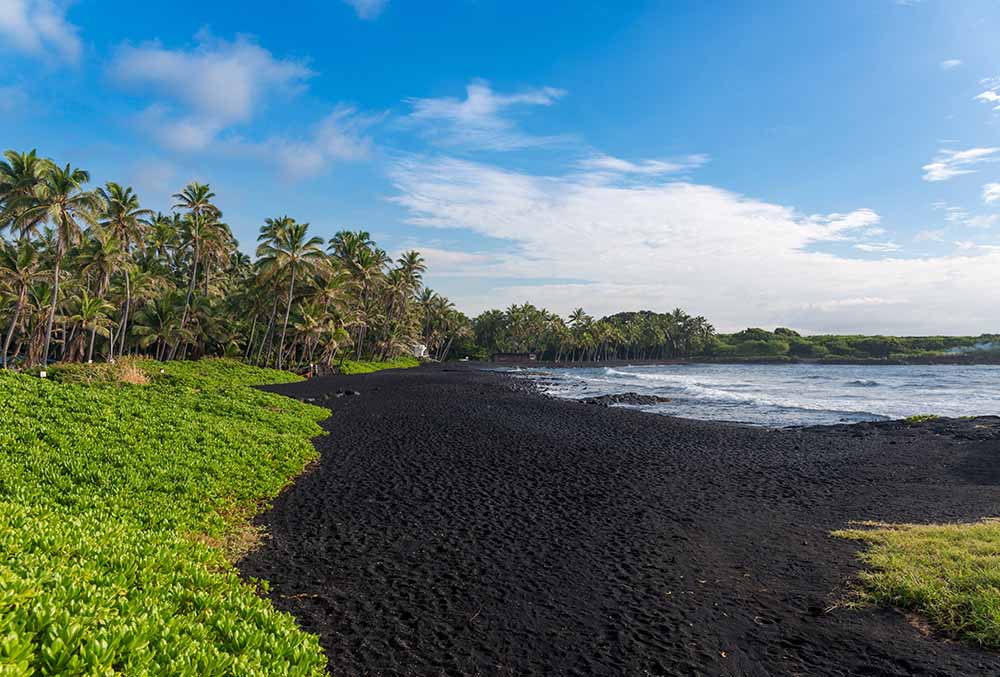Jun 6, 2022
Preparing for Sea Level Rise

In recent weeks, you may have seen photos of a beachfront house on O‘ahu that was washed off its post and pier foundation by ocean waves. This photo went viral quickly because it’s dramatic, and fairly scary to see a home being damaged by the inevitable rise of sea levels. However, the good news is that the State of Hawai‘i is taking steps to learn about, adapt to, and mitigate impacts from it. In fact, we recently became the first state in the country to enact a law that requires sellers or real estate agents to disclose any potential Sea Level Rise (SLR) issues to home buyers.
At Hapuna Realty, our professional REALTORS have always made sure that clients are fully aware of any issues, including environmental, that could affect their new home. Depending where the home is located, we already disclose these kinds of issues, including lava zones, tsunami, hurricanes, and flooding. More good news is that the vast majority of our ocean view and oceanfront homes and lots are set well above sea level. Many are located within luxury resort properties, well-planned and constructed to lessen environmental damage of any kind.
Act 32-SB474
The Act passed in 2014, and “established the Hawai‘i Climate Change Citigation and Adaptation Commission and directed it, as a first step, focus on and develop sea level rise vulnerability and adaptation reports.” The legislature commissioned researchers at the University of Hawai’i for the initial report.*
To take a look at possible impacts of SLR, the researchers constructed a virtual model called the Sea Level Rise Viewer.** Essentially, they “drew a line” around all the Hawaiian Islands, and from there pushed the water line inland (according to the topography of the land), in order to project what a 3.2-foot SLR could look like, as a baseline.
As you might expect, findings are dramatic, especially for O‘ahu. Hawai‘i, being the largest island, with fairly low population and unique geography, makes it the “least vulnerable of the main Hawaiian Islands to sea level rise impacts” according to the report.
The Viewer can be a little scary, BUT before you take a look, please remember this is a virtual model. The situation, although serious, is happening over time. Having that knowledge allows buyers to plan ahead and prepare. Many of the affected low-lying areas you will see are already included in flood zone maps, and that is information our agents already disclose. The difference is, at some point, the flooding will change from occasional and temporary to permanent.
What’s going to happen?
SLR is explained as a combination of natural factors. As temperatures warm, polar ice melts and the surface of the oceans rise (“bathtub” flooding). This causes water levels around the world to wash further onto land. In addition, the annual high waves and storm surges (usually in winter) will bring water further inland with more force. Beaches may narrow, as sand washes out, and coastlines erode away.
Can I build a wall?
The short answer is, no. Sea walls are illegal in Hawai‘i without a permit, and permits are not easy to come by. This is because walls and other “shoreline hardening measures” have been proven to make the situation worse, faster. To complicate matters, all beaches in Hawai‘i are public; they don’t belong to anyone. If your sea wall damages the beach in front of your home or elsewhere, you are damaging public property.
What if I bring in more sand?
A beach is a shoreline area between the ocean and the land. As the ocean proceeds inland, the beach naturally retreats, and sand could wash away. Replenishing sand will never be a one-time solution, because the process can’t be stopped.
Should I be concerned?
To be honest, we should all be concerned, in that we need to be informed, aware and involved in our local communities and governments. As mentioned above, SLR is happening gradually, giving us time to react and make a plan. It is a reality of Hawai‘i Island life—like having a home in a lava zone or a tsunami zone—a reality we learn to live with.
Hawai‘i Island is a unique place in the world. It’s home to an active volcano, the tallest mountain in the world, tropical forests, green farm and ranch lands, and vast lava deserts.
We think of the elements not as things to fear, but to respect. We live with Nature’s rules.
If you love the Island of Hawai‘i, you know that living here is not without its challenges. It’s always important, no matter where home is for you, to stay informed and prepared.
*The study can be viewed in full here https://climateadaptation.hawaii.gov/wp-content/uploads/2017/12/SLR-Report_Dec2017.pdf




